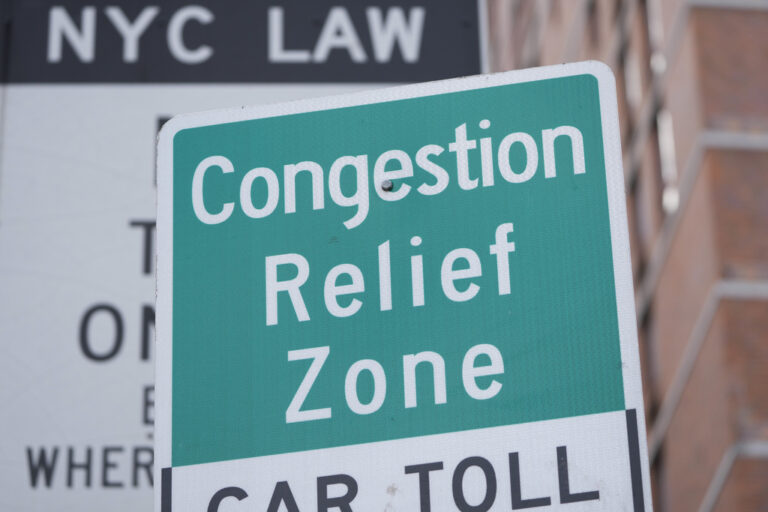 The ’15 Minutes’ organization published the results of its study which addresses the quality of public transportation in Israel. It is believed to be the first study of its kind. According to the report’s findings, published by Nana News, the government’s funding of public transportation is not logical and it is influenced by sectoral pressure and not by population size, density and need.
The ’15 Minutes’ organization published the results of its study which addresses the quality of public transportation in Israel. It is believed to be the first study of its kind. According to the report’s findings, published by Nana News, the government’s funding of public transportation is not logical and it is influenced by sectoral pressure and not by population size, density and need.
The study shows that for anyone living in Israel without a vehicle, it is worthwhile being chareidi, citing the three cities in which one has a chance of boarding a bus within 15 minutes are Betar Illit, Modi’in Illit and Bnei Brak. The findings of the study are likely to result in an increase in disdain for chareidim.
Of the 103 communities included in the study, the residents of Tel Monde are the least likely to see a bus within 15 minutes. The same situation exists in Binyamina, Givat Ada as well. Ahead of them in the study are Dir Chanan, Oranit, Kfar Kassam, Ramat Yishai, Beit Shean, Beit Dagan and Eilat, with the latter ranking number 95.
The organization feels, as its name implies, 15 minutes is a reasonable waiting time for a bus. For most Israelis this is a dream that will not come true. This is especially true in outlying areas which the study reports includes cities such as Eilat, Ashkelon and Kiryat Shmona.
The study concludes many or most residents are limited in their ability to become mobile by the fact bus service is not up to snuff.
“The Government of Israel does not invest in public transportation and creates large gaps between communities in Israel. The result is residents are limited in their ability to travel for employment or services and thereby perpetuates the gap between those taking public transport and those who and afford travel by private vehicle.”
Those involved in the study feel that residents capable of organizing and applying pressure, using chareidim as an example, receive improved service.
The report cites that densely populated areas with a high potential for using public transportation do not receive service as areas with far less dense a population.
The top ten in the study from best down are:
1. Betar Illit
2. Modi’in Illit
3. Bnei Brak
4. Bat Yam
5. Tel Aviv-Yaffo
6. Jerusalem
7. Ramat Gan
8. Upper Nazareth
9. Holon
10. Beit Shemesh
(YWN – Israel Desk, Jerusalem)











4 Responses
It’s those Jews. They rule the world and get the best treatment. Sound familiar?
Seriously, though, transportation policy can’t be based on waiting time, it has to be based on numbers of people served. If the the chareidi areas have a higher population density and lower rates of vehicle ownership, meaning more riders on the buses, then those areas are going to have better bus service. You can’t have a bus every fifteen minutes in Savyon for the one guy living there who doesn’t have a car.
Hareidim are more likely to be urban, and less likely to own a car. These factors would in most places suggest more use of public transit, which means better service.
In America, urban slums ususually have better transit than affluent suburbs, for the same reason.
This is independent of the fact that the hilonim hate the hareidim the way the Nazis hated the Jews, and for largely the same reason (we breathe, we exist, our existence is an offense to them).
As one who spends upwards of 3.5 hours on public buses daily, I would like to voice an objection.
Why does a ‘scheduled bus’ every 15 minutes describe good service.
What if that 15 minute bus is jammed packed because you’ll get on anyway? What if it’s full and doesn’t stop because you’ll wait for the next one? What if the a/c doesn’t work properly because you won’t take the car otherwise? What if the seats haven’t been cleaned for months because how else will you get to your destination?
I’d like to see a comparison between bus rides in religious neighborhoods vs. irreligious neighborhoods.
Never mind, I’ve already done it myself.
In the irreligious neighborhoods of Yerushalayim the a/c almost always works great, the buses are never packed, and if there is a time when high volume is expected they post a fare collector at the back door to facilitate quicker boarding. On the other hand, just try getting on to a 36 bus between 1:15 and 2:00 every afternoon – if he stops.
And if Modiin Ilit places #2, it’s because they checked the bus schedule – not because they actually waited for it. That’s partly why the company lost their tender to continue the route and will disappear from our streets in two weeks.
They don’t hate us – it’s just a business decision. And it works.